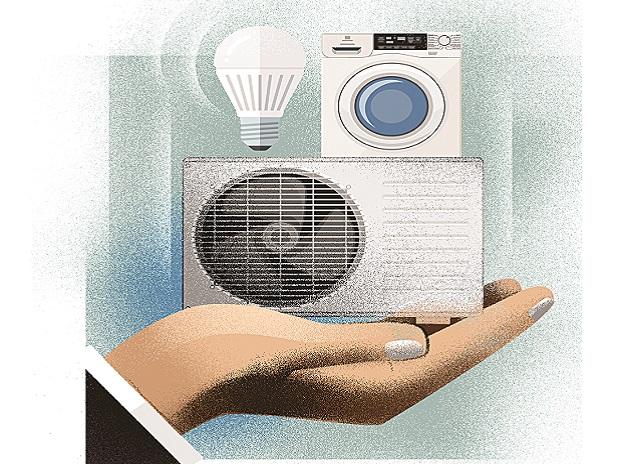[ad_1]
The capital investment made by companies eligible for production-linked incentives (PLI) will have a modest impact on the annual incremental increase in capex across sectors, of about 8-10 per cent on average, a study by Credit Suisse says.
The Credit Suisse research points out that the annual incremental increase in capex by PLI players in speciality steels will be the highest, at 17 per cent, followed by textiles (14 per cent), auto (10 per cent), pharma (4 per cent) and all the other schemes at an average (4 per cent, excluding new sectors such as advanced cell battery manufacturing where a local base for manufacturing is being built).
Major investments under PLI will come from sectors like auto and speciality steels ($5.1 billion each) followed by textiles ($2.3 billion) and pharma ($ 1.9 billion). In most other sectors, the capital investment is very modest, at less than $1 billion. These include mobile devices, IT hardware, telecom, food processing and white goods, among others.
The incentives offered to companies under the PLI schemes come with a condition: they have to make a minimum threshold of incremental capital investment each year and generate minimum stipulated incremental revenues during the scheme’s currency.
Credit Suisse has raised some key concerns. One such is that the participation of global players in big strategic sectors is missing, except in areas like advanced batteries.
Secondly, there are too many players in each sector. The scheme should have focused on a few champions instead. For instance, as many as 51 companies in the food processing sector are eligible for PLI, while the number in textiles is 61. Other sectors with many players include pharma (55), white goods (45), bulk drugs (49) and telecom (31).
However the government is already reworking some of the schemes to attract more global players. In IT, for instance, it plans to replicate the mobile device model by incentivising global firms to shift some of their laptop- and PC-making capacity to India. There is also a plan to have a second PLI for battery making.
The Credit Suisse also says that the PLI scheme is pinning its hopes more on assembly-based operations than most other sectors, for reaching peak revenue targets. Companies in this segment are required to make the lowest incremental investment across schemes. This category includes the flagship mobile device, IT products and telecom.
The peak annual revenue expected from these three PLIs under the scheme is $38.7 billion, or 48 per cent of the total peak revenues by the 14 PLI schemes. Yet the capital investment share of the three is only 8 per cent.
In contrast, new manufacturing PLIs such as batteries, solar PVs, KSM and bulk drugs and medical devices–sectors in which the country is dependent on imports–will generate only 14.6 per cent of total revenues expected from PLIs. Yet their capex contribution for eligibility under the scheme is a substantial 35 per cent.
The third group of PLIs are for traditional industrial sectors looking for a growth push. These include auto and auto ancillaries, food, textile, pharma, white goods, speciality steel. They have to contribute over 57 per cent of the total PLI scheme capex, but would contribute 36 per cent of the PLI revenues.
| Assembly PLIs (capex ) | New manufacturing PLIs (capex) | Regular capex PLIs (capex) |
| Mobile device ($0.9 bn) | Battery ($5.2 bn) | Food processing ($0.4 bn) |
| IT hardware ($0.3 bn) | PV modules ($8.9 bn) | White goods ($ 0.7 bn) |
| Telecom ($0.4 bn) | Bulk drugs ($0.7 bn) | Pharma ($1.9 bn) |
| – | Medical devices ($0.1 bn) | Auto ($5.1 bn) |
| – | – | Textiles ($2.3 bn) |
| – | – | Speciality steels ($5.1 bn) |
| Source: Credit Suisse estimates | ||
| The figures in brackets represent total capex to be invested to be eligible for scheme | ||
[ad_2]


